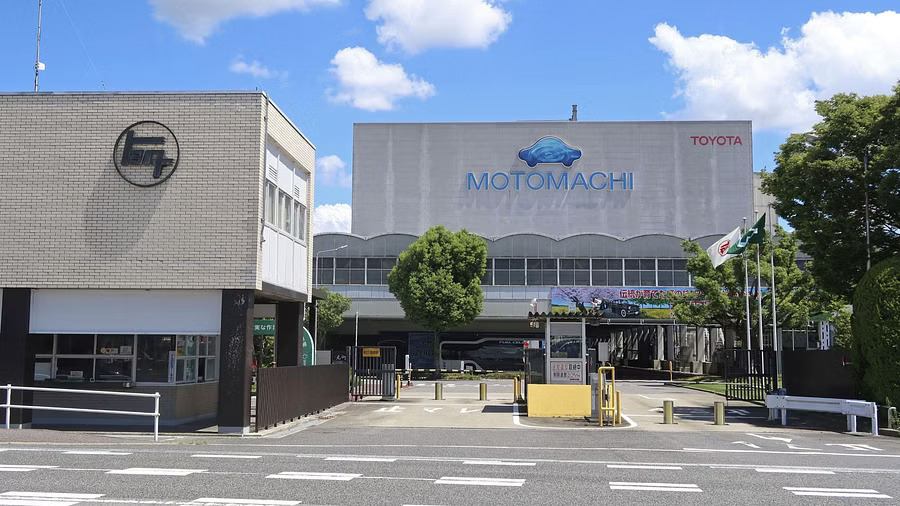The sudden shutdown of Toyota’s production in Japan has left many wondering about the circumstances behind this significant disruption. The unexpected halt to operations has shed light on the intricate web of challenges that can impact global manufacturing and supply chains, highlighting vulnerabilities that industries must navigate in an increasingly interconnected world.
The shutdown of Toyota’s production, a major player in the automotive sector, was triggered by a supply chain disruption caused by a shortage of critical components. Specifically, semiconductor shortages have affected the global automotive industry, as these chips are essential for the functioning of modern vehicles.
Semiconductors are integral components in a wide range of electronic devices, from smartphones to automobiles. A combination of factors, including supply chain disruptions due to the pandemic, geopolitical tensions, and increased demand for electronics, has contributed to the shortage of semiconductors.
As a result, automakers around the world, including Toyota, have experienced challenges in securing an adequate supply of these essential chips. The shortage has forced manufacturers to adjust production schedules, reduce output, or even halt operations temporarily until the semiconductor supply chain stabilizes.
Toyota’s shutdown serves as a cautionary tale about the intricate dependencies that modern industries rely on. It highlights the need for diversified and resilient supply chains that can withstand unexpected disruptions. As economies become more interconnected, disruptions in one part of the world can reverberate across industries and continents.
The shutdown also underscores the importance of a holistic approach to addressing supply chain vulnerabilities. While industries work to mitigate immediate disruptions, the incident prompts broader conversations about strategies to ensure consistent and reliable access to critical components.
Efforts are underway to address the semiconductor shortage and its impact on various sectors. However, the incident with Toyota serves as a reminder that industries must remain vigilant and proactive in developing contingency plans and risk management strategies to navigate challenges that may arise in an increasingly complex and interconnected global economy.
As Toyota works to resume production and the automotive industry seeks ways to address the semiconductor shortage, the incident provides valuable insights into the delicate balance between global supply chains, manufacturing operations, and the broader economic landscape. It underscores the importance of adaptability and resilience in ensuring the stability and sustainability of industries in an ever-changing world.









